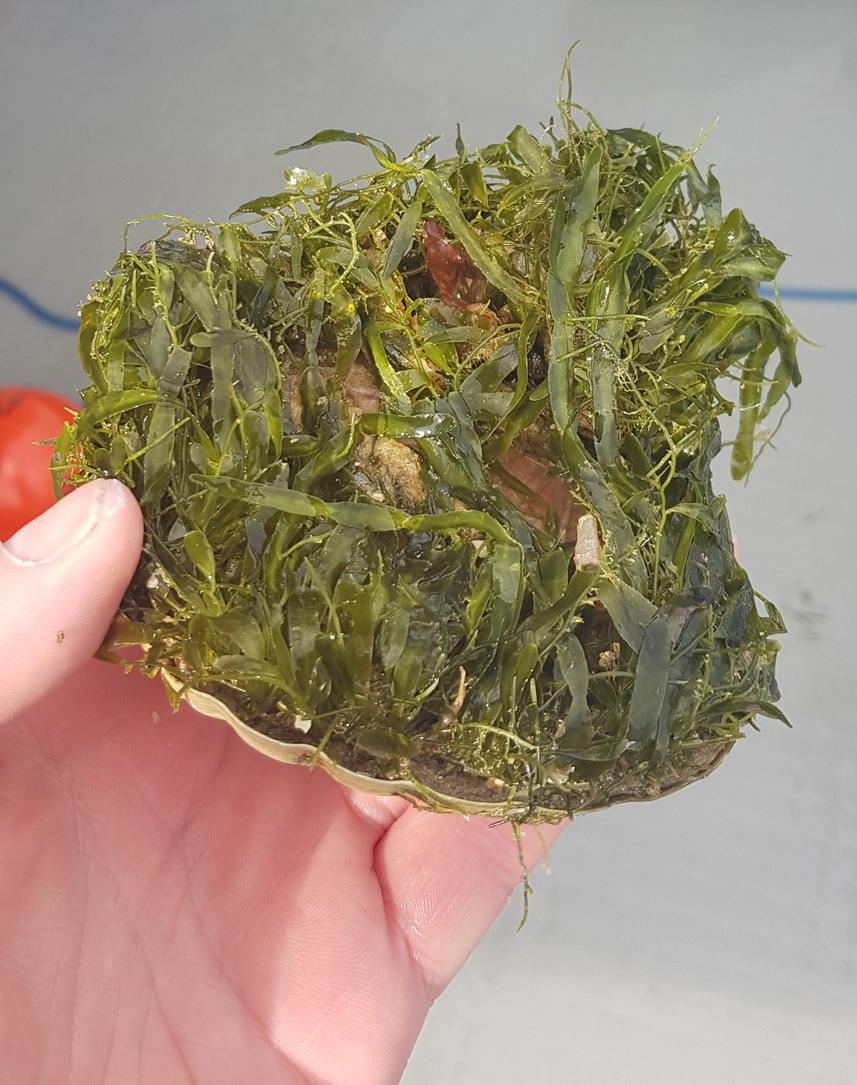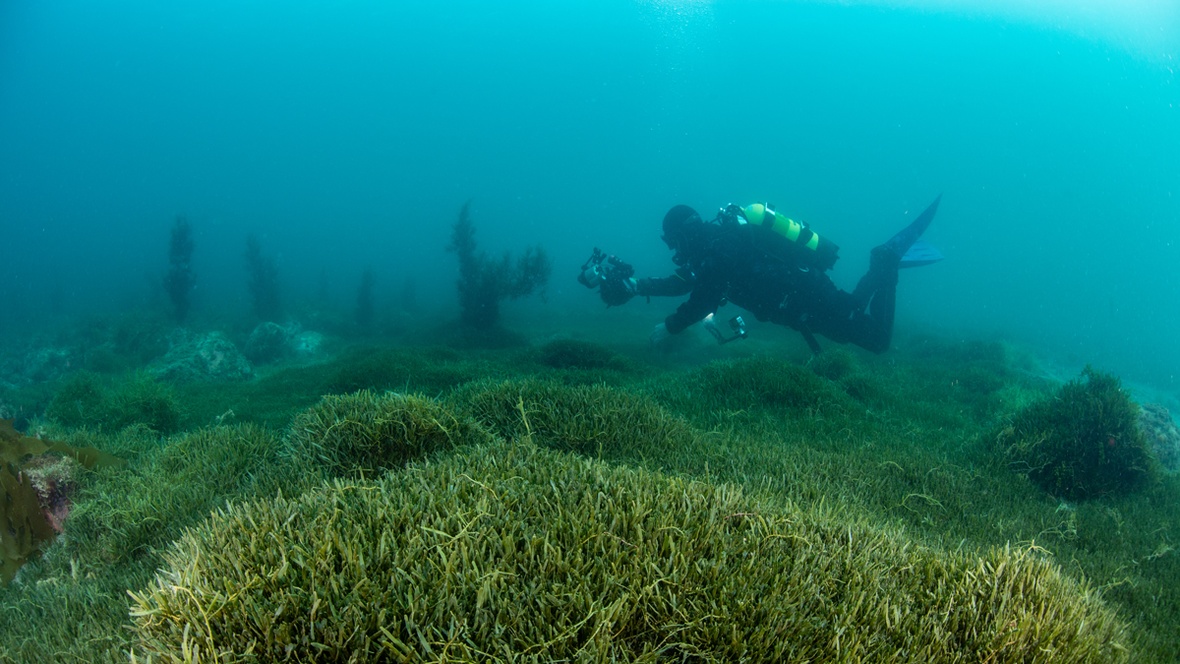Council seeks urgent Ministerial meeting over seaweed threat
15 May 2023, 9:15 AM
A ‘manifestly insufficient’ response by Biosecurity New Zealand to the threat posed to Taitokerau by invasive Caulerpa seaweed has prompted the Northland Regional Council to seek an urgent meeting with Biosecurity Minister Damien O’Connor.
In a letter to the Minister the council says the threat posed by the seaweed is of utmost urgency for Northland due to its presence at Great Barrier Island (Aotea), the speed at which it spreads and takes over ecosystems, and the lack of an appropriate response to date by Biosecurity New Zealand (BNZ).
As well as seeking a Ministerial meeting, the letter’s authors, council Chair Tui Shortland and Geoff Crawford, chair of the council’s Biosecurity and Biodiversity Working Party, ask for $500,000 annually from the Government towards the region's efforts to prepare for the invasive seaweed should it reach our shores.
The duo say they are deeply concerned over the significant and far-reaching consequences the species will have.
 Caulerpa on a scallop. (Photo credit: NIWA).
Caulerpa on a scallop. (Photo credit: NIWA).
At risk are the local environment, cultural practices, marine industries, and the traditional collection of kai moana in Northland.
The duo says the risk from the seaweed appears inevitable if urgent measures are not taken immediately but notes the response from Biosecurity NZ to date has been “manifestly insufficient, lacking the seriousness this situation warrants, and has not adequately recognised tools or attempted to deploy those used internationally to eradicate similar incursions of Caulerpa”.
“It is vital that BNZ takes full responsibility for funding these initiatives, as the mismanagement of the situation has placed our region at increased risk.”The two chairs say Caulerpa poses a severe threat to Northland’s local ecosystems due to its rapid growth rate and ability to outcompete native species. “Caulerpa is a proven ecosystem changer resulting in dire consequences for our marine ecosystems.”
“This aggressive marine invader could result in the loss of vital habitats, such as seagrass meadows, which serve as essential breeding grounds and nurseries for numerous marine species.” “Consequently, the abundance and diversity of our marine life would be significantly diminished and, in many places, disappear entirely.”
On the economic front, the chairs warn Caulerpa is likely to impact the region's economy, particularly the tourism, fishing, and aquaculture industries, which are all integral to Northland's livelihood.
“The invasion of this species would disrupt the delicate balance of our marine ecosystems, leading to a decline in fish stocks and shellfish populations, and subsequently affecting the overall productivity of our marine industries, perhaps fatally.
The duo says they appreciated a recent visit to council by John Walsh, Director of Readiness and Response, who was able to outline the response BNZ has underway.
However, upon review of BNZ’s actions in responding to this species introduction, it is evident that the gravity of this incursion had not been met with the necessary level of attention.
“We are alarmed at the lack of funding for a proactive response and now fear that the controlled area notices, which serve to limit the spread of Caulerpa around Aotea and Ahuahu (Great Mercury) could be lifted, or the rules relaxed.”
“Given the grave uncertainties surrounding the spread of this marine pest, we urge the Ministry to support our regional response team and allocate $500,000 annually towards our region's preparedness efforts.” “This entails the establishment of a citizen science programme, consistent monitoring of high-risk sites, and the creation of a comprehensive eradication and readiness plan.”
The council had already written to the Minister expressing its concerns about Caulerpa in March but was still awaiting a response.
“...Given the circumstances, we ask for an urgent meeting with you on this issue so that we may bring together all the available tactics, research, and capabilities we have before Caulerpa becomes established more widely along the coastline of Taitokerau.”
The duo’s letter ends noting the issue has the potential to become very heated in a range of communities and sectors, and eventually intensely political.
“In this light council urges a prompt and urgent response.”

A NIWA diver monitoring the Caulerpa infestation after it was discovered at Aotea Great Barrier Island and subsequently at Ahuahu Great Mercury Island. (Photo credit: NIWA).
